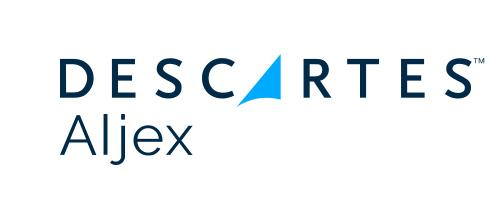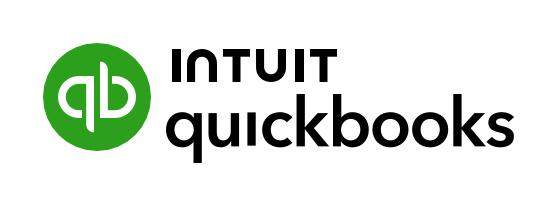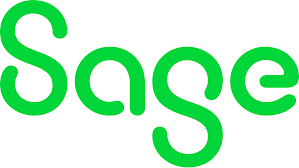Financial Close Automation
Automate reconciliations, consolidations, reporting, and compliance to free your finance team from repetitive manual work.
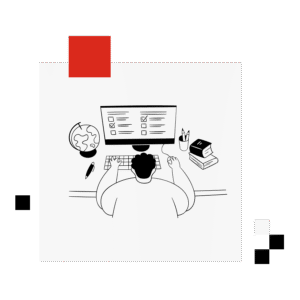
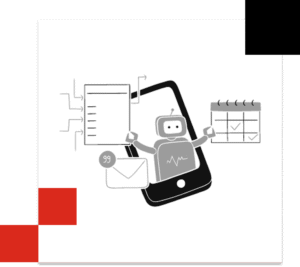
Smarter, Faster Close Without New Software
Financial Close Automation Services
The proof is in the numbers
0
50%+
100%
7
(months)
What sets us apart?
We don’t replace your accounting systems – we enhance them. Our automations embed directly into platforms like SAP, NetSuite, Oracle, Microsoft Dynamics, or QuickBooks. That means your month-end close tasks (from reconciliations to reporting) run automatically, with no extra apps to learn, no manual imports, and no disruption.
Everything works in the background: pulling balances, reconciling mismatches, posting accruals, applying FX rates, eliminating intercompany entries, and generating reporting packs.
And we back it with a promise: achieve at least 50% time savings on your monthly financial close, or get 100% of your investment back.
Key Benefits of Financial Close Automation
Accelerate the month-end close
Ensure accurate and audit-ready financial statements
Gain real-time visibility into the close process
Streamline multi-entity and intercompany processes
Close faster without expanding the team
Financial Close Automation in Action
- Reconcile accounts automatically across entities, currencies, and systems to ensure balances are correct before period-end
- Identify and eliminate intercompany mismatches in real time, posting eliminations instantly to keep consolidations clean
- Apply daily and period-end FX rates automatically, ensuring revaluations and currency conversions are accurate at close
- Automate accruals for payroll, bonuses, vacation, and expenses so liabilities are captured consistently each month
- Consolidate multi-entity financials with rules-driven journals, reducing time spent on manual eliminations and adjustments
- Generate pre-built reporting packs (P&L, balance sheet, management reports) immediately after the close
- Provide dashboards tracking close metrics, bottlenecks, and late tasks so finance leaders always know the close status
- Maintain a complete audit trail for every adjustment, ensuring compliance and faster audits
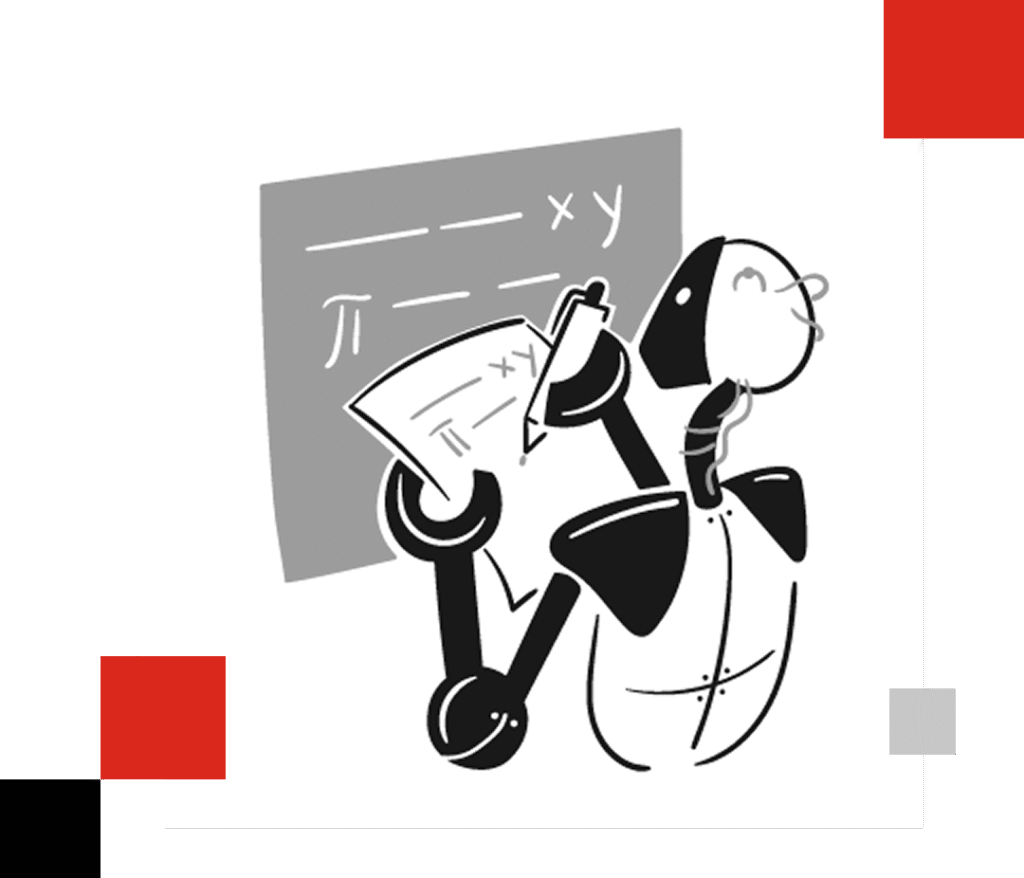
No new ERP. No retraining. No disruption.
Our Expertise
We focus on making the month-end and year-end close faster, more accurate, and less manual. Our automations cover the critical tasks that slow finance teams down – from account reconciliations and intercompany eliminations to accrual postings, consolidations, FX revaluations, and close reporting.
Instead of replacing your finance systems, we enhance them with automation that runs in the background – giving you a shorter close cycle, stronger controls, and audit-ready accuracy

Schedule a FREE audit of your financial close process.
Frequently Asked Questions About Financial Close Automation
1What is financial close automation?
2 How do you automate the financial close?
We connect directly to your ERP and accounting systems and add automation on top – without forcing you to adopt new tools or learn additional applications. Our automation runs quietly in the background, orchestrating tasks that usually slow down finance teams.
This includes:
- Automated reconciliations and journal entries so accounts are balanced consistently at month-end without spreadsheet checks.
- Accrual postings for payroll, bonuses, vacation, and expenses so liabilities are captured accurately in the right period.
- FX revaluations and multi-entity consolidations to handle complex, cross-border structures.
- Intercompany eliminations to resolve mismatches instantly instead of days before reporting.
- Automated reporting packs and dashboards that refresh as soon as the close is complete.
- The result: you get a shorter close cycle, fewer errors, and stronger controls – all inside your current systems.
3 What are the biggest challenges with the financial close?
The close process is often slowed down by a combination of manual work, fragmented systems, and lack of visibility. Common challenges include:
- Manual reconciliations across multiple systems: When data comes from AP, payroll, inventory, or sales systems that don’t talk to each other, reconciliation becomes a spreadsheet marathon.
- Intercompany mismatches and eliminations: Large groups struggle with mismatches discovered just days before reporting, leading to delays.
- Spreadsheet errors and lack of audit trails: Over-reliance on Excel means higher risk of errors, version issues, and no clear audit trail.
- Delays in reporting and visibility: Without dashboards, finance leaders only know the close status when it’s too late.
- Automation solves these by standardizing processes, ensuring tasks run on schedule, and creating a full audit-ready trail. Instead of chasing errors, your team focuses on analysis and decision-making.
4What is the benefit of automating monthly, quarterly, and annual financial close?
The benefits go far beyond “speed.” Automation provides a structural upgrade to how finance operates:
- Faster close cycles: Reduce close from weeks to days with automated reconciliations, journal entries, and eliminations.
- Improved accuracy: Rules-driven postings and reconciliations remove human error and ensure consistency across entities.
- Audit-ready compliance: Every automated step is tracked, logged, and fully auditable – improving both internal controls and external audits.
- Real-time visibility: Dashboards show exactly where the close stands, which tasks are delayed, and where bottlenecks exist.
- Lower costs & scalability: Reduce manual effort without increasing headcount – supporting growth without ballooning finance teams.
- Ultimately, automation allows companies to close faster, with fewer people, and more confidence in the numbers.
5Who benefits most from financial close automation?
Automation benefits any company that performs recurring closes, but the impact is greatest for:
- Multi-entity organizations: Automating consolidations, eliminations, and intercompany reconciliations saves days of work.
- Industries with complex accruals (healthcare, manufacturing, hospitality): Payroll accruals, patient billing, or shop floor systems often don’t feed directly into ERP. Automation bridges these gaps.
- High-growth companies: Scaling fast without doubling finance headcount requires automation for recurring close tasks.
- Enterprises on legacy or fragmented systems: When data sits in disconnected tools, automation brings it together and eliminates manual uploads.
- Mid-sized firms: Even smaller teams benefit by reducing time spent in Excel, freeing resources for strategic work like forecasting and analysis.
6Does financial close automation require AI?
Yes – our approach uses both rule-based automation (RPA) and artificial intelligence. Traditional automation handles repetitive, structured tasks like reconciliations and journal entries. AI takes it further by making automation smarter and predictive:
Forecasting close timelines: Predict delays and bottlenecks before they happen.
Detecting anomalies: Spot unusual transactions or mismatches that need human review.
Estimating missing transactions: Use predictive models to accelerate the close while waiting for final inputs.
Optimizing accruals: Suggest accrual amounts based on historical patterns.
By combining RPA with AI, we deliver faster, more accurate, and more resilient close cycles (even in complex environments).
7How do different industries use financial close automation? [Examples]
Manufacturing and Distribution: Automating inventory valuation, intercompany eliminations, and FX revaluations across multiple plants and regions.
Healthcare: Automating patient billing reconciliations, payroll accruals, and reporting packs for compliance.
Hospitality and Retail: Automating POS data consolidation, daily revenue recognition, and vacation accruals across multiple locations.
Financial Services: Automating multi-entity consolidation, minority interest calculations, and regulatory reporting to speed up quarter-end reporting.
Technology and SaaS: Automating deferred revenue recognition, expense accruals, and reporting packs for investor updates.
Every industry has unique challenges, but automation consistently delivers shorter closes, stronger controls, and cleaner audit trails.


